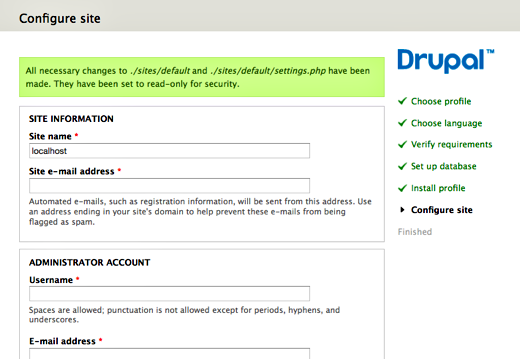It was about time for both moves, right? Yeah!
I've first experimented with moving to Drupal 7 on a copy of my blog this January, and that went relatively well. I've had issues with one node module update function and non-unique entries in my files table, but the inconsistent data issues I fixed myself, so the update went smooth. However it did not go live due to hosting and other issues. Of course I don't need to look too far for hosting, Acquia provides fantastic hosting offerings, and just using the cloud hosting product for this migration turned out to be a pleasure. The version control based automated deployment, drag and drop workflows and the availability of command line tool power combined made me able to migrate my blog in a couple hours (with the DNS turnover taking what felt like lots of time after that).
As with all updates, I took a long look at the modules I'm using, and decided to drop some. I've dropped the Feeds module setup for twitter aggregation that I've set up in 2009. I still intend to tie in twitter, but that setup was too much for this simple task. I might end up porting the Aggregator item promotion module that was originally written for the drupal.org redesign but then went unused, to Drupal 7. I've also dropped tagadelic and my flickr feed.
On the other hand, I tried to give more strength to the useful content I have, so decided to create a book module powered compilation of my multilingual Drupal 7 article series for easier navigation. I also believe that this simple configured version of the Bartik theme gives more room to my content and is overall cleaner and more professional compared to what I had before.
Hopefully I'll have some time to tinker with this new setup as time goes and improve it continually. So far I'm definitely satisfied with the results and believe it will be better for my readers as well with the speedier service and slick look.
I'd like to hereby thank my previous provider, hoszting.com for the hosting space they've provided me with over the years.

